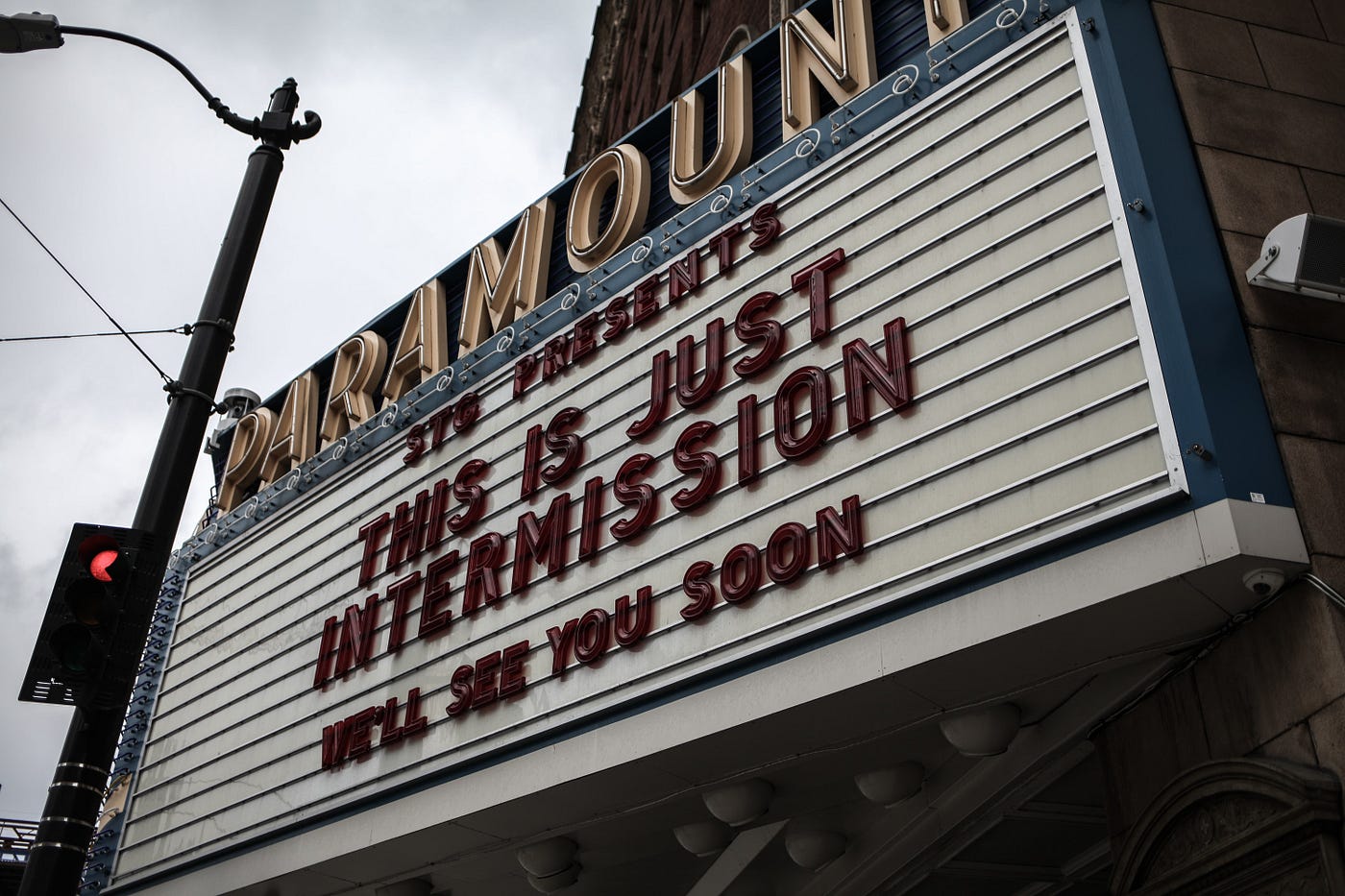
It’s been a rough nine months and change here in the United States. For those of us lucky enough to stay home most of the time, it feels difficult to plan our next hour, let along our next Zoom hangout, as the “safer-at-home” situation seems to be changing daily, if not hourly.
Knowing we may have still more miles to go before this bumpy pandemic journey is concluded, we thought it would be a good idea to check back in with the NoPro staff several months later about what’s working for them and what’s not.
Below, they discuss the immersive and interactive experiences they’ve been taking in, whether over the telephone, on experimental RPG platforms, through delivered boxes, or, even, seen distantly through windshields.
— Kathryn Yu, Executive Editor, No Proscenium
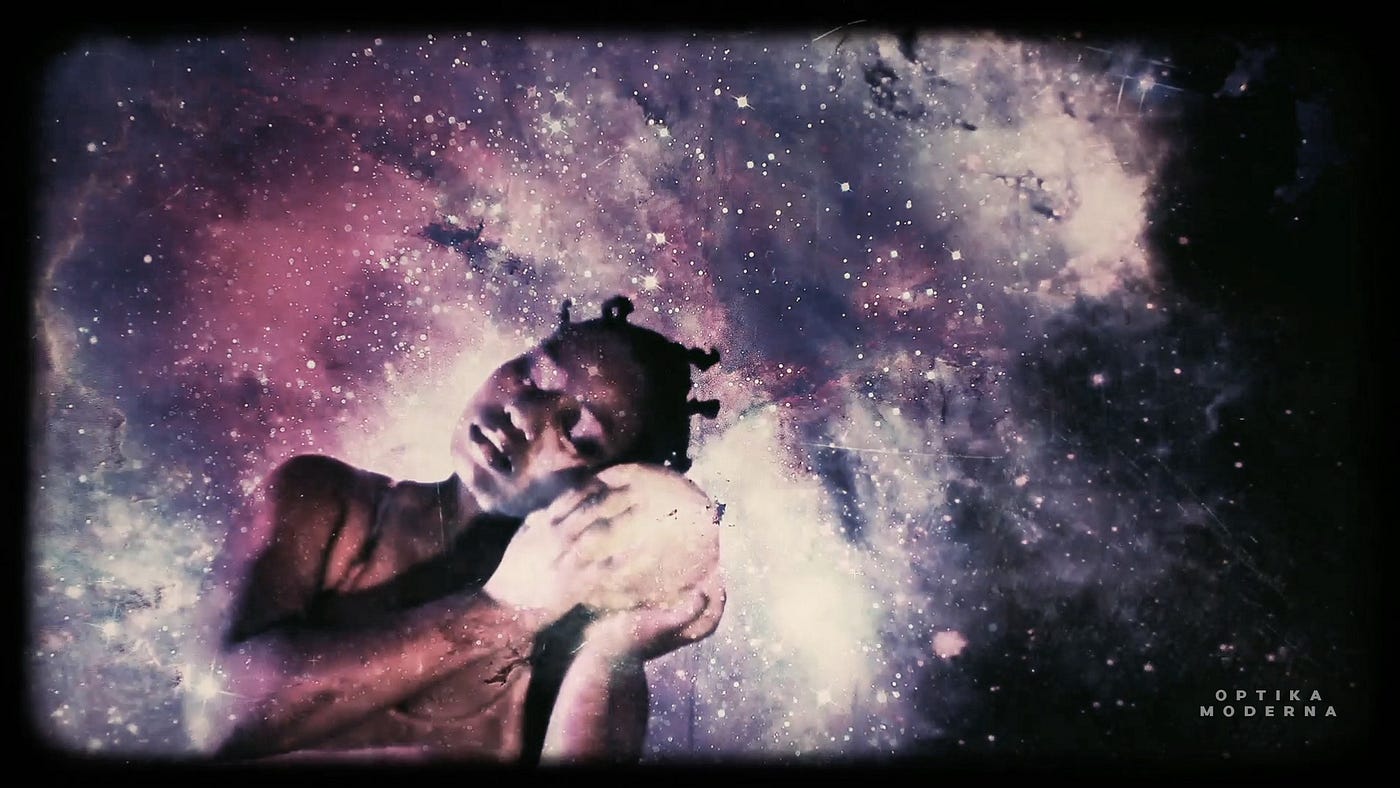
Blake Weil, East Coast Curator at Large
Currently in Washington, D.C.
Now that we’ve established a baseline competent understanding of remote theatre across the board, it’s really exciting to see the ways that people are beginning to experiment. The addition of mailed packages has seen both highs (This Great Plague) where the items sent are the heart and soul of a deeply transformative experience and lows (Portaleza) in which the package serves as a cumbersome distraction. Gather and Topia have begun to introduce and try to mimic exploration in slightly more complex ways than the Zoom trees we began with. We’re even seeing the return of some of the cheesy and lovable activations that I used to delight in in NYC in the form of TV show and movie premiere parties being produced by Little Cinema.
The major thing that I’m struggling with is that half of the experimentation feels purposeless and driven just by a desire to stand out.
When all immersive shows are online, they’re accessible to everyone everywhere; this is great in expanding the audience, but when anyone can make a glossy site on Squarespace, shows of wildly varying quality and intentionality are all in competition with each other. It’s not that the shows that I’ve loved haven’t been innovative; THICKETT is a clear competitor for my top five of the year, and it’s a multi-platform marvel. Moreso, shows like THICKETT have a clear theatrical purpose to what technology they choose to use. The Ministry of Mundane Mysteries was a success on the strength of its writing and personal connection, and each and every used nothing more complex than Spotify. I want to see more shows exploring the possibilities technology offers them, as opposed to tech wizardry turning into the theatrical version of a William Castle movie gimmick, another trick to get butts in seats.
Let’s face it — as our lives cloistered at home get increasingly draining and the lure of the memory of holiday joys pushes America closer towards a bleak winter, shows offering pure joy and distraction seem to be increasingly on the rise. There’s nothing wrong with this, of course, but I would love to see more of them take a page from the book of All About Evil and THICKETT, and focus heavily on smooth user experience. Should escapist pleasure turn to a cumbersome chore, the memory of that will haunt the industry for years past this current pandemic.
Cheyenne Ligon, NYC Correspondent
Currently in New York, NY
I’m so tired of being in my apartment all day, every day.
The experiences that are working best for me right now are those that convincingly create an atmosphere that allows me to feel like I’m somewhere — anywhere — else. Though Temping, my favorite show since the pandemic hit, was able to do this by using a COVID-safe physical set, that isn’t possible for the majority of theatre makers working right now.
One show I’ve been really impressed by is This Great Plague, by Brooklyn-based scent artist Tracy Smith. Smith’s experience is charmingly old-school.
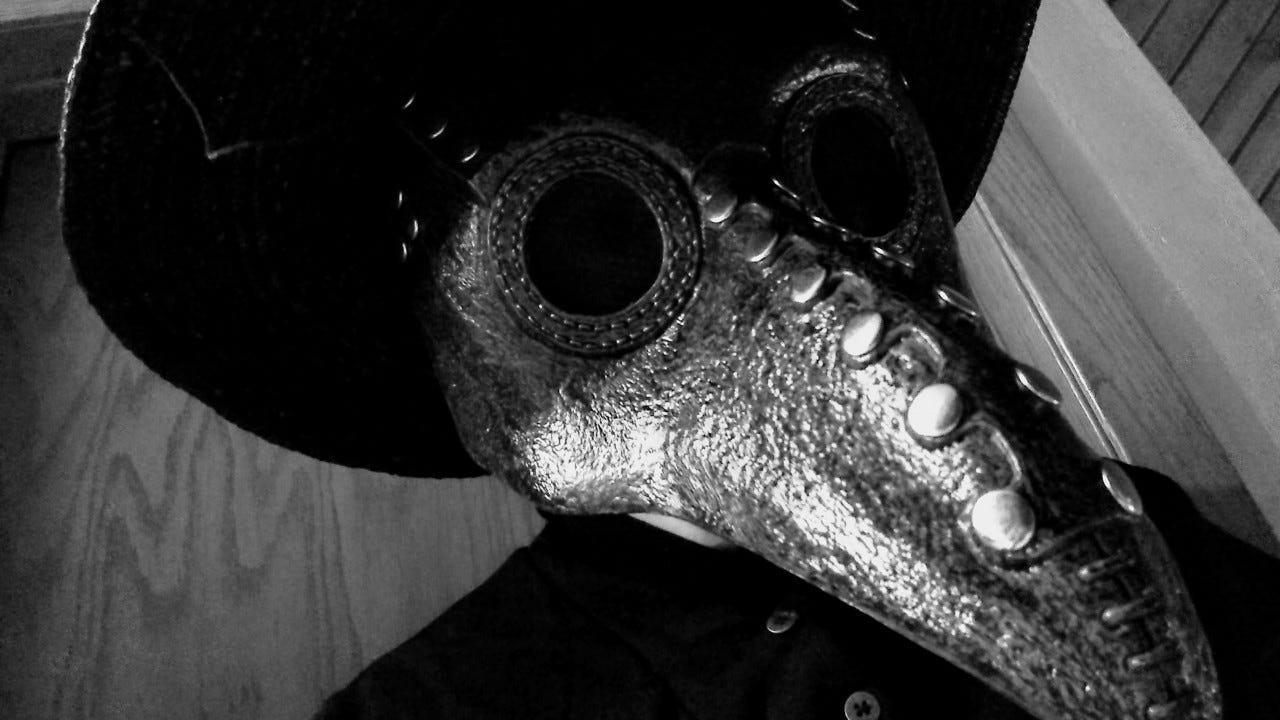
In a time when most experiences are Zoom-based, This Great Plague is a simple package, bicycle-delivered by Smith herself, containing several vials, other materials, and a simple sheet of instructions with a link to an unlisted YouTube video. To experience This Great Plague, the player is asked to create an altar-like ritual space in a dark, quiet room. I got really into this, gathering all the candles in my apartment and creating a very thematic, spooky atmosphere for the experience. I found that creating my “altar” and doing the experience in the dead of night added a level of immersion to Smith’s participatory ritual that I think other creators have struggled to achieve.
This Great Plague made me realize I want more analog elements in immersive experiences. Those of us working from home or attending school online are on Zoom all day, every day. When it comes to immersive theatre, I want things that I can see, touch, and smell that don’t rely on me being on camera. And if something is going to be on Zoom, fine, but pull me through the proverbial looking glass and transport me to a world that is more fun — or at least more interesting — than my own apartment.
Danielle Look, Denver Correspondent
Currently in Denver, CO
Since March, I’ve gone to two outdoor drive-in shows, a couple of (mostly outdoor) haunted houses, and one indoor socially distanced immersive experience. Drive-ins are the clear winner for me overall, but one thing they all offered that I liked the most was going through the experience in a small, private group.
I like the safety bubble of personal space a drive-in show affords i.e. my own damn car that I know exactly who has been inside of it. I like the wall that it creates around my group and other groups, because we no longer have to be concerned with loud-talkers and other spectatorial annoyances. Some might argue that this cuts into the interactive aspect, but only so with other viewers. On the flip side, these drive-in experiences have given me some of the most up-close and intimate moments with actors that I’ve ever encountered.
Other drive-in perks include the ability to control volume, bringing my own concessions from home and no shame for wearing sweatpants to the show (since no one will see me outside of my car, anyways).
The haunted houses I went to were disappointing, largely due to smaller acting crews and their spacious disbursement throughout the attractions. These decisions were obviously made for the actors’ safety, but it severely impacted the intensity of the haunts, which, for me, is what makes a haunted house fun.
The indoor immersive experience I saw took place in an old house. Each room contained an actor or actors who were safely sealed off from spectators through transparent, plastic “bubble” walls. While interactivity was high (literally a series of one-on-one performances that often involved tons of spectator agency) the ephemeral nature of our involvement with each character had a negative effect on the story’s continuity.
Kathryn Yu, Executive Editor
Currently in Los Angeles, CA
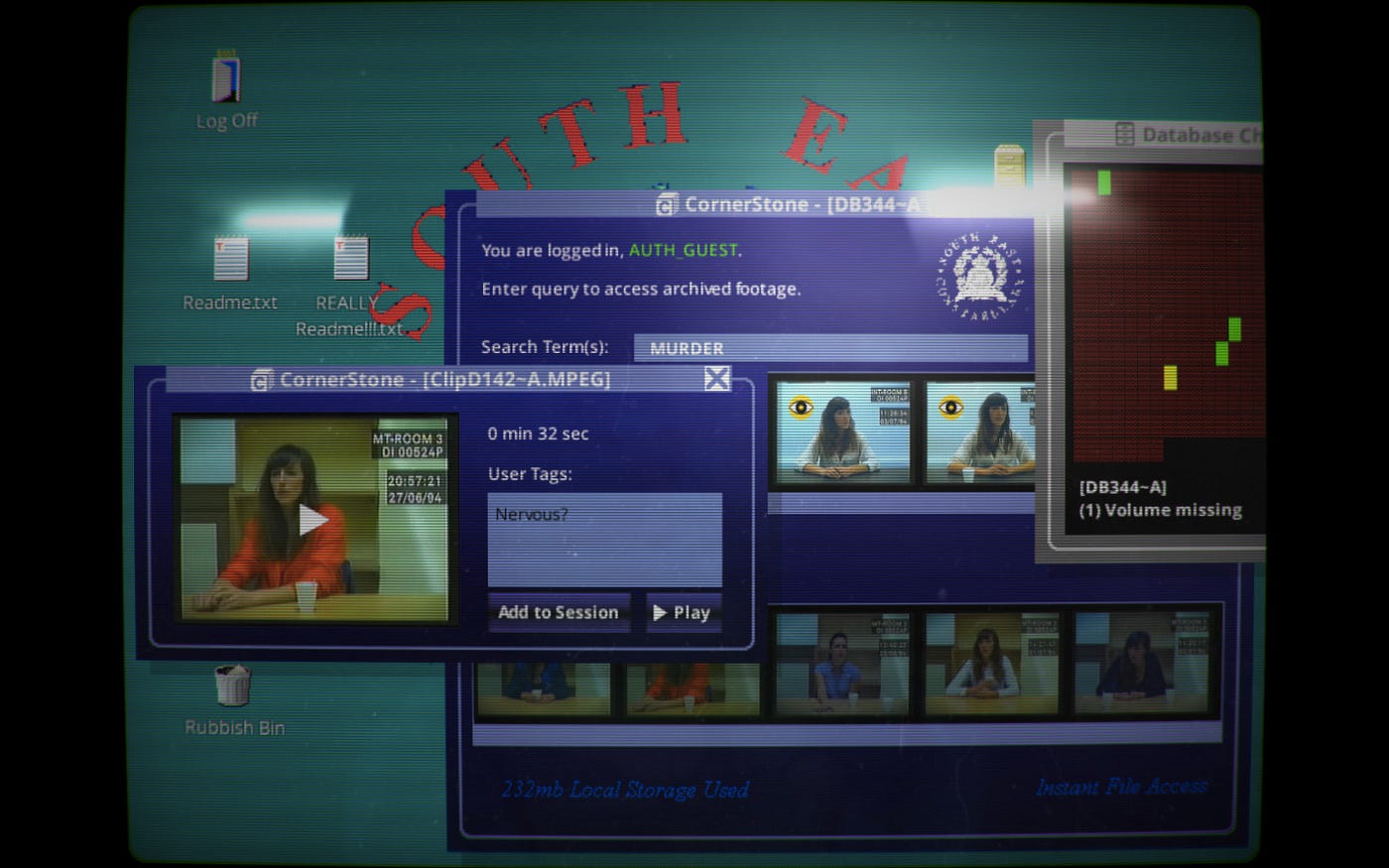
The transition from in-person experiences to digitally-driven or remote experiences has not been easy. While some companies have chosen to hibernate temporarily or have turned to creating experiences-in-a-box or podplays, an increasing number of experiences that land in my inbox seem to be taking nods from interactive media: clickable choose-your-own-adventures. Or, in other words, games. And while these efforts are to be commended and it’s always interesting to see what happens when folks try out a new format for the first time, a lot of them give off vibes more aligned to Night Trap than Her Story.
Making games is hard. Making good, thoughtful, well-conceived games is even harder. My professors often talk about projects that span years in the making and the awful labor conditions that often go along with these epic endeavors. One of our faculty members often compares the making of video games to feature film production or launching things into space. So it’s not a surprise when someone’s first digital, interactive media piece feels like a mediocre video game. I would encourage folks to take a step back and evaluate their work under a difference lens and really interrogate the role of the audience member, why they are present in the storyworld, and what the player can and cannot do in the experience.
Playtest. Early and often. With people outside your inner circle.
Hearing “I didn’t understand who I was” and “I didn’t understand what I was supposed to do,” are two pieces of feedback that have greatly affected my design process; anything we as creators can do to make sure participants don’t feel as if they are “playing” something incorrectly is a good thing.
Oh, and hire a game designer. Please.
Kevin Gossett, LA Reviews Editor
Currently in Los Angeles, CA
Get No Proscenium’s stories in your inbox
Join Medium for free to get updates from this writer.
SubscribeSubscribe
What’s working for me and not working for me right now is best exemplified through three of the recent-ish experiences I’ve attended.
Let’s start with the Stranger Things Drive-Into Experience. I found this to be a mixed bag. The pre-show section which sets the stage of Hawkins, IN felt like the most immersive section of the whole event and captured some of that traditional in-person energy. The rest of the show was fine. It occasionally captured the energy of the show it was based on, but other parts were listless and felt like placeholders to give other sections time to clear out. Even still, it was a fascinating look at just what a big budget immersive show where you’re confined to your car could be. I’m curious what future experiences similar to this could improve on.
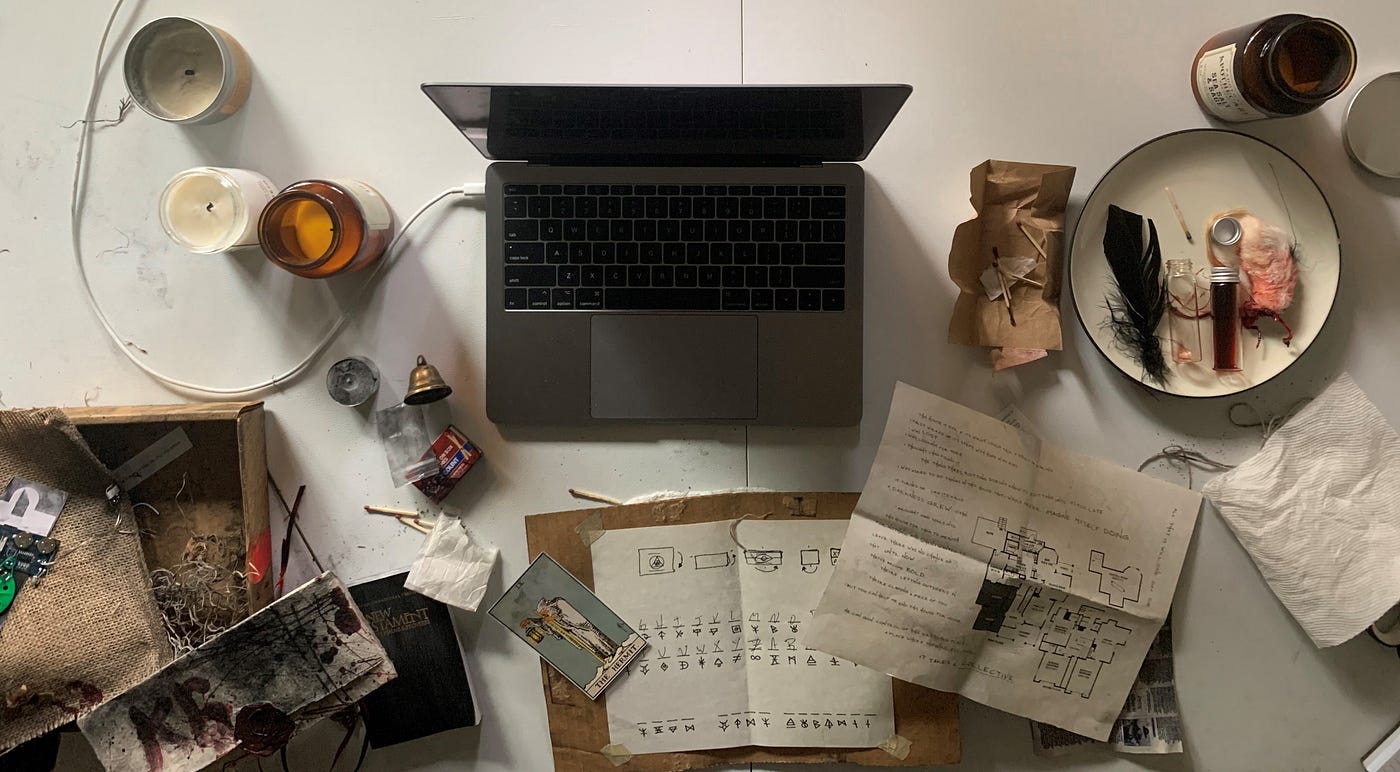
I spilled a lot of ink on One Day Die already, so you can read my review for my full thoughts. I don’t think the show worked as a whole, but man did it come the closest to that “immersive magic” of any Zoom/remote type show. It took a format that I don’t love because it doesn’t work for me personally and made me interested in what creators could do as they push the format of remote video shows forward. I was also very into having something tactile to interact with as a way to focus parts of the show.
Finally, we’ve got Fire Season. In order to move forward, Capital W looked back and brought out short-range radio broadcasting to integrate live performance into a socially distant event. It was such a smart way that allowed for a strong personal connection with all of the participants at the same time. Plus they took full advantage of their setting to put on an important performance. I’m not sure something like this is possible right now with tighter restrictions coming into play, but it should provide guidance on what a socially distant show can look like.
Leah Ableson, NYC Correspondent
Currently in New York, NY
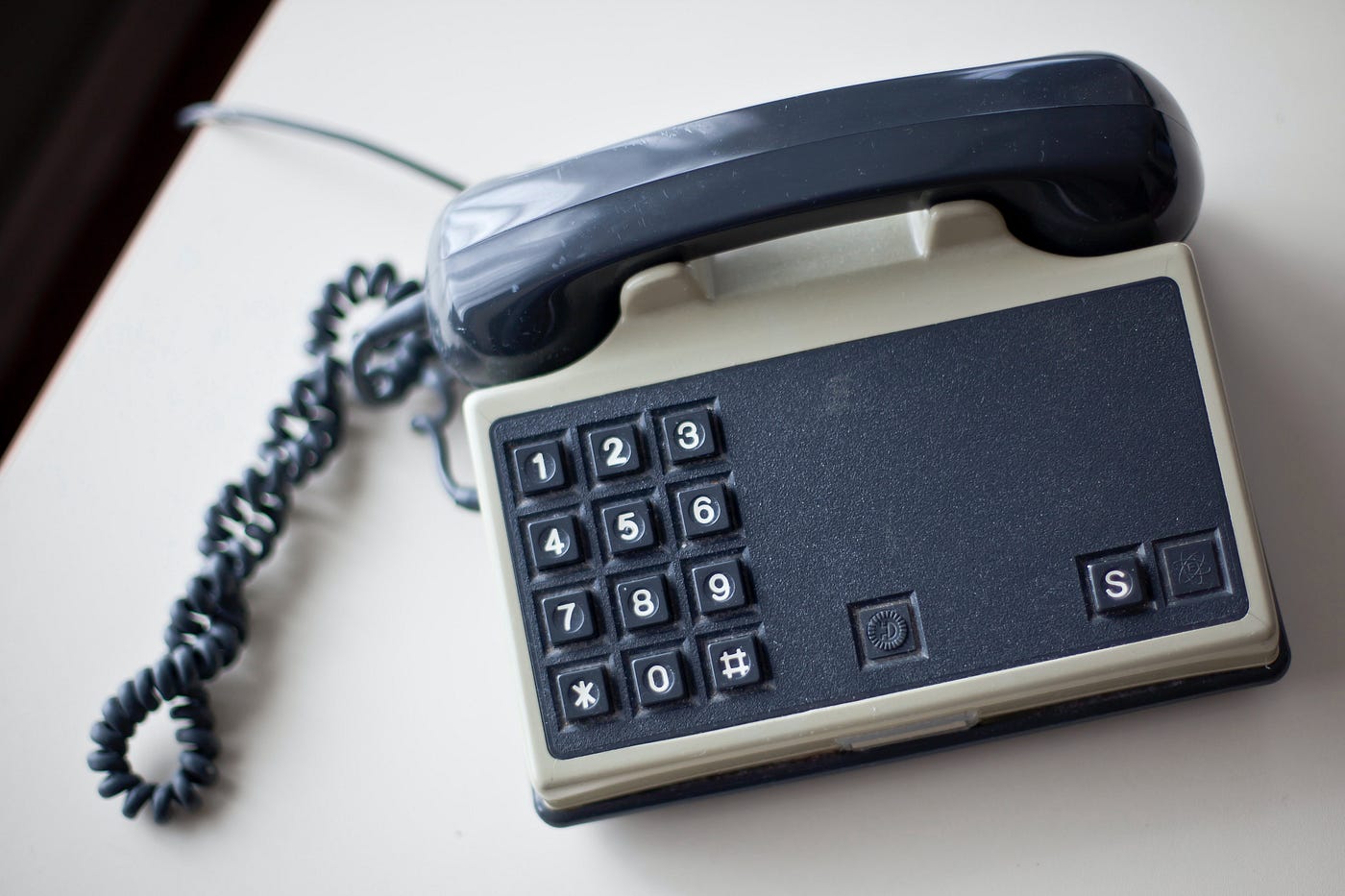
What’s working for me most right now are experiences that leverage the mundane to make it magical. I think one of the greatest barriers creators are facing currently is the challenge of creating a sacred space over a digital platform. The suspension of disbelief required by immersive is so much greater when creators are asking audience members to imagine their computer, phone, home, etc. are the magic circles, rather than a built out, mysterious, tactical environment.
Without physically crossing a threshold, it is a lot harder to foster the wonder and curiosity that makes immersive so great.
I am finding the most effective pieces for me have embraced these mundane platforms for exactly what they are, rather than relying on full suspension of disbelief (for example, The Telelibrary finds magic in the familiar: an automated phone system over, you guessed it, your phone). I think we, as creators, need to keep asking why the audience is present in the story and what purpose they serve, especially now over digital media.
The fact of the matter is, if the audience doesn’t have a purpose in being there, the piece could just as well be a proscenium piece.
I think we need to continue finding emotional stakes and motivations that keep digital audiences connected, rather than asking them to assume a more passive voyeur role and participate for the sake of participation. And please, keep runtimes under 90 minutes.
Leah Davis, New England Correspondent
Currently in Providence, RI
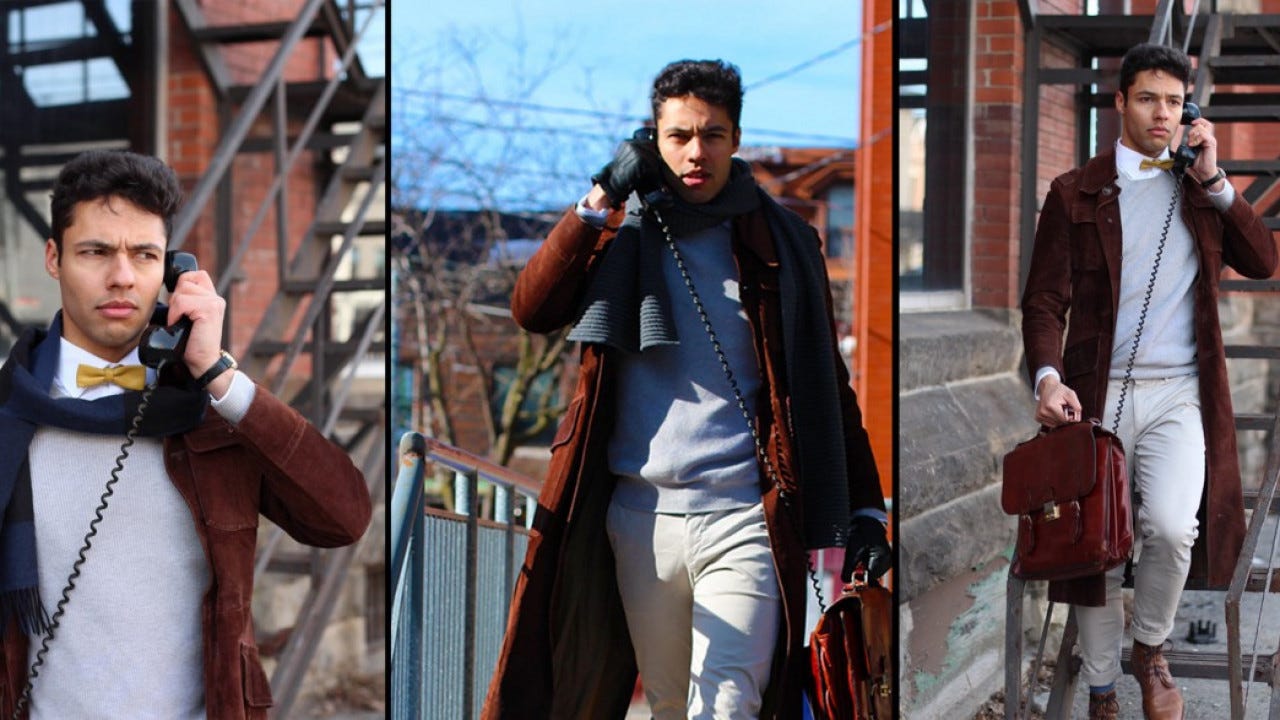
The immersive stuff that’s really working for me these days tends to incorporate authentic, personalized connection between small numbers of performers and participants. Telelibrary, The Ministry of Mundane Mysteries, Candle House Collective’s claws, all three of Darkfield Radio’s offerings, and Black Heart Collective’s Circle // Ritual ARG have really hit it out of the park on that front. Honorable mention to Being/With and, weirdly, Jury Duty.
Shows that ask me to assume a passive role, play a character, or otherwise lean into performative emoting in the name of “fun” have been falling flat. This includes Candle House’s Next Time, Eschaton (after the first couple of runs), Mysteron’s Uncaged, and Like Real People Do. Remote puzzles aren’t keeping my interest these days, since time-limited online sleuthing feels too much like my 9-to-5. As much as I wanted to love Welcome to the Blumhouse and One Day Die? Both missed their mark by promising narrative depth but delivering cheesy puzzles.
Ultimately, I think One Day Die got so close to being phenomenal. It’s like they knew what they had to do when they started down the path towards creating a rich lore full of creepy rabbit holes on social media, building out exquisite boxes, and transforming Zoom into a seamless theater experience. But instead of following that roadmap they veered hard into “LET’S SOLVE A PUZZLE,” which meant that they took something that had serious cult-following potential to and just sort of…smashed it with the hammer of chintz.
Patrick B. McLean, Chicago Curator
Currently in Chicago, IL
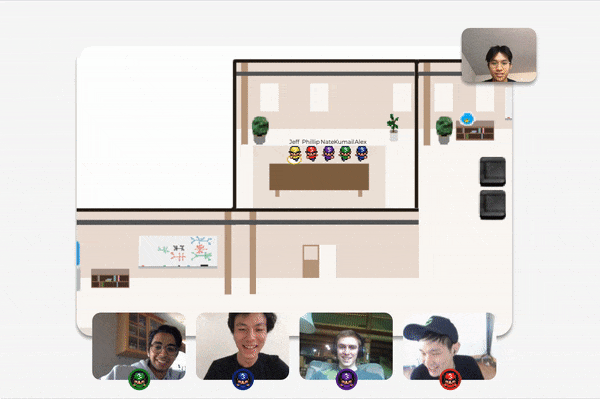
I feel most creators have a great handle now on producing content online during the pandemic. We saw, we came, and we’ve conquered Zoom and all its features. What excites me is seeing creators moving beyond Zoom, from the old-school simplicity of using just a telephone to the cutting-edge yet buggy Gather.
Yet within the last few months, I’ve noticed concerning trends with creators unintentionally thrusting burdens on the audience. Some are small and understandable, like charging an additional fee for COVID-19 related cancellations and refunds. But the worrisome burdens are more subtle.
There’s an expectation that everyone has equal access to a sufficient internet connection. Just because a creator’s internet access is fast and never drops doesn’t mean the paying audiences’ connection is ever stable.
Additionally, there’s a presumption that everyone has a “modern” computer with sufficient hardware. Some possible attendees might be using old computers that are outdated in their processing power and camera quality.
Yes, creators are being great at informing audience members that they need Zoom installed on their charged device before attending. Yet there’s no consideration or questions prompting the audience to ensure their device and internet speed are sufficient enough to attend and have a worthwhile experience. Now, creators shouldn’t be ensuring every person is able to attend their experience. But like computer games, we should inform the audience in advance of all technical requirements. You wouldn’t buy a computer game or a software if you knew your computer couldn’t install or run it.
We should ensure we’re doing everything so the audience is aware of what an experience requires of them, including providing the boring, nitty-gritty yet important ideal technical requirements for their computer and internet access. Because if they feel robbed in attending an online experience because of these issues, they might feel less inclined to show up in person later on.
Laura Hess, LA Correspondent
Currently in Los Angeles, CA
Overall, I’m amazed by work produced during the pandemic. Creators are innovating under extraordinary circumstances.
As we approach the end of this terrifying, heartbreaking, maddening, and surreal year, I’m grateful for how it funneled me into the waterslide of remote immersive experiences. I feel as though I’ve now flown out of the slide and into the plunge pool, exhilarated and still reeling from the twists and drops. And I’m awkwardly half-walking, half-swimming to clamor out of the pool as fast as I can, so I can race up to the top to slide down all over again.
Some of the most incredible moments have been via the intimate, simple elegance of a phone call. Capital W’s A Call From The Resistance, Candle House Collective’s each and every, and Yannick Trapman-O’Brien’s The Telelibrary took me on emotional, transformative journeys; for all three, time felt suspended in the most precious, delicious way. This year has been fraught with worry and fear, so to feel truly present was a generous, restorative, delightful gift.
Other standouts include The Quiet, Portaleza, BINGE, claws, Next Time, ARCANA, The Ministry of Mundane Mysteries, Out There, ETERNAL, and Stranger Things: the Drive-Into Experience. For most, there was a high level of personalization, even if the delivery was vastly different. All were cohesive experiences, crafted without excess. I understood my participatory role; mechanics served a defined story and didn’t encroach on the emotional landscape; the magic circle was carefully leveraged; creators were clear in their objectives and how to take me on the ride.
And what a ride it’s been.
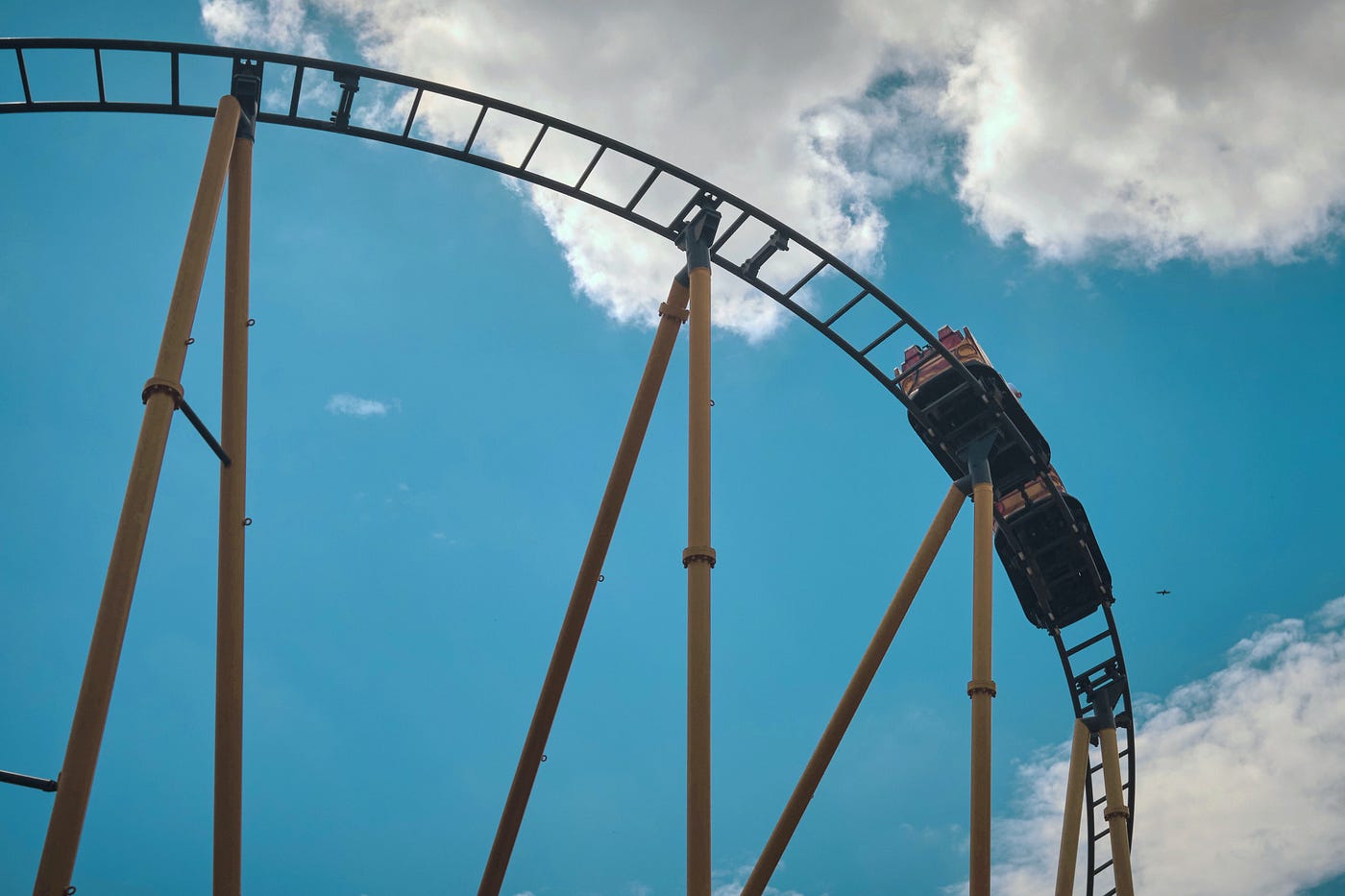
NoPro is a labor of love made possible by our generous Patreon backers. Join them today!
In addition to the No Proscenium web site, our podcast, and our newsletters, you can find NoPro on Twitter, Facebook, YouTube, Instagram, in the Facebook community Everything Immersive, and on our Slack forum.
Office facilities provided by Thymele Arts, in Los Angeles, CA.



















Discussion